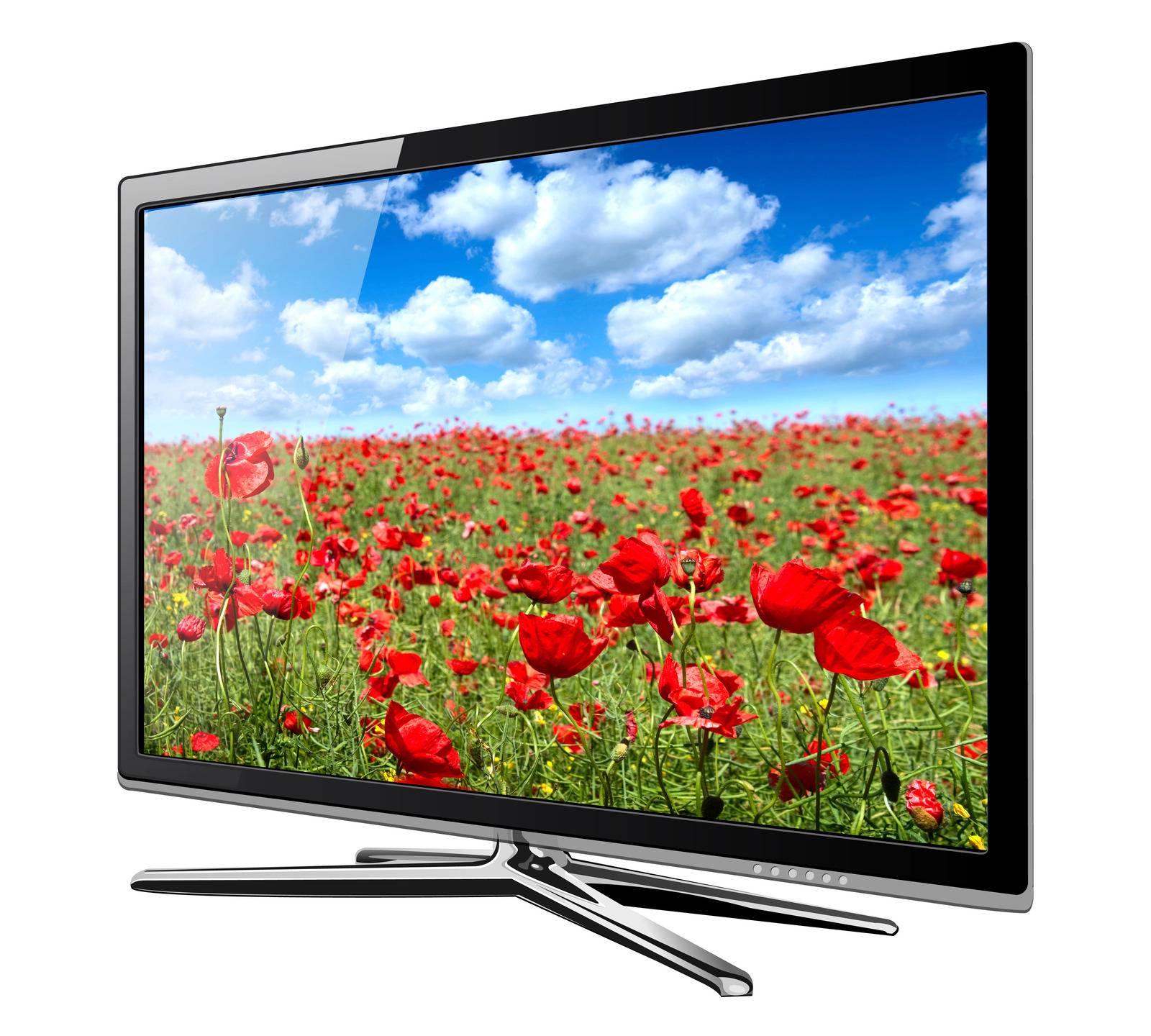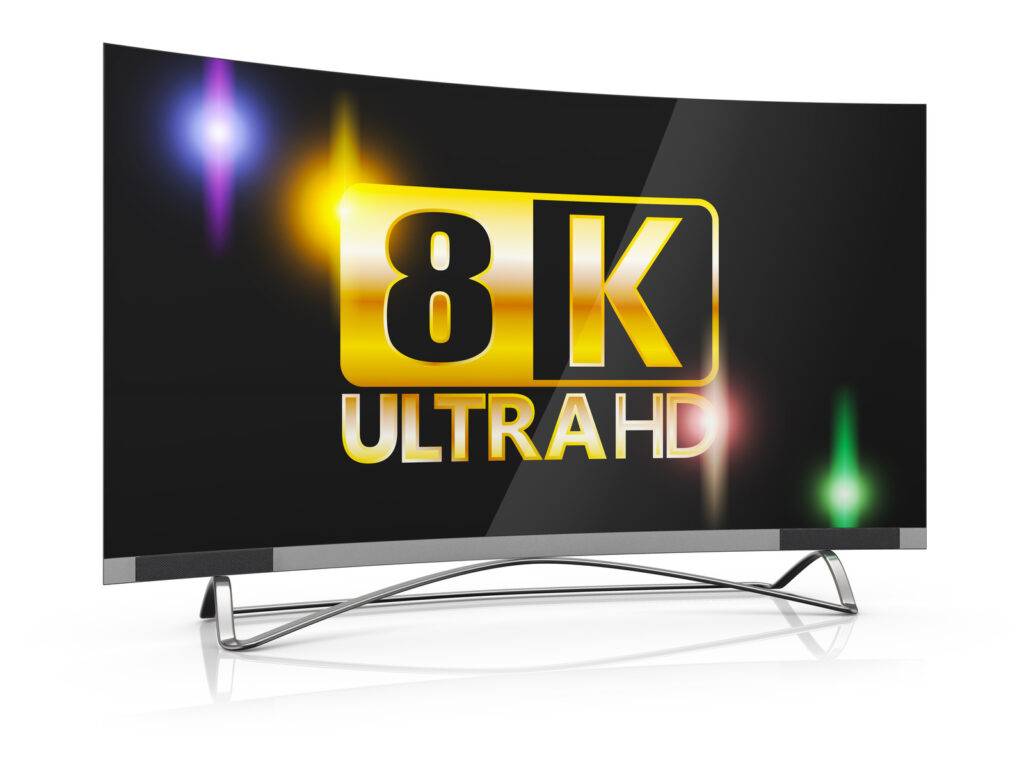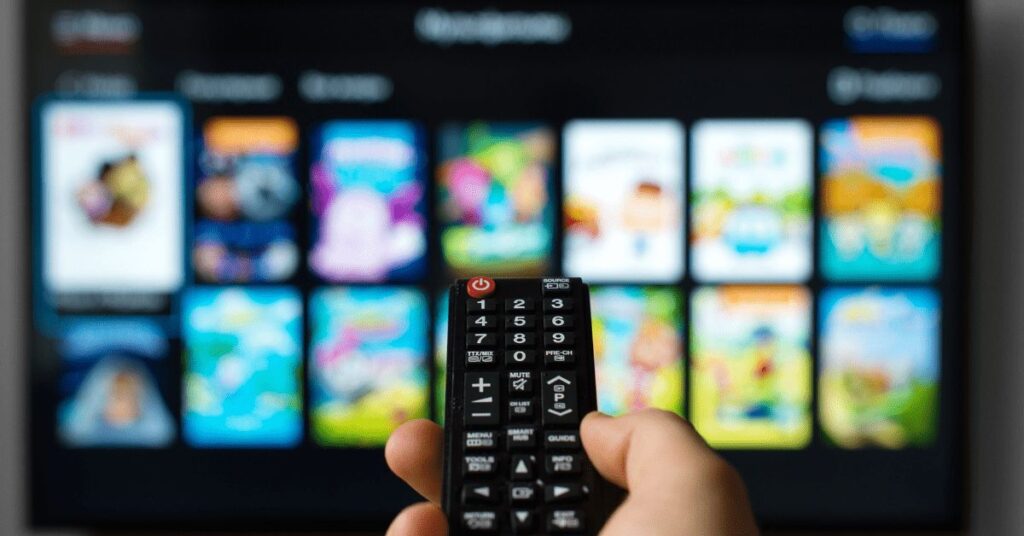Latest TV Technologies: What’s Next for the Big Screen?
With the latest TV technologies shaping how we enjoy our favourite shows, indulge in movie marathons, and even play the latest video games. It’s an exciting time for TV enthusiasts as the race to create the best viewing experience continues. In this article, we’ll explore what’s next for the big screen and how these new technologies are changing the way we consume content.
The days of bulky CRT sets are long gone, replaced by slim, high-definition displays that can stream live content from the other side of the world.
But the innovation of TV technology doesn’t stop there. It is a constantly changing and improving facet of our daily lives.
Plasma TV: The End of an Era
At one point, plasma TVs were considered the top-of-the-line when it came to picture quality. They offered deep blacks and a wide viewing angle that the LCD TV couldn’t match. But with advancements in LCD TV and OLED TVs technology, plasma TVs have become obsolete and are no longer being produced.
LCD TVs: The New Standard

LCD TVs (liquid crystal display) have been the standard for TV technology for over a decade now. They use liquid crystals to display images and are known for their energy efficiency, slim design, and crisp picture quality.
But as we continue to demand better viewing experiences, LCD TVs are evolving. We can now see advancements such as quantum dot technology, which uses tiny semiconductor crystals to produce more vibrant and accurate colors. This technology is used in Samsung’s QLED TVs and has quickly become a popular choice for those looking for an upgrade.
OLED TVs: The Rise of Organic LEDs
OLED stands for Organic light emitting diode, and are the new kid on the block when it comes to TV display technologies. Unlike LCD TVs, they use an organic light emitting diode when an electric current is passed through them. This eliminates the need for a backlight, resulting in deeper blacks, brighter whites, and a wider colour range.
OLED screens are also known for their flexibility, allowing manufacturers to create curved or even rollable displays. And with companies like LG and Sony investing heavily in this technology, we can expect to see more OLED TVs in the market in the near future.
With increasing demand for high-quality displays, OLED TVs are becoming more accessible and affordable, making them a top contender in the future of TV technology. The potential for flexible and foldable OLED TV displays only adds to their appeal, further pushing the boundaries of what is possible in TV design. As OLED TV technology continues to improve and become more mainstream, it could potentially overtake traditional LED displays as the go-to choice for consumers.
Fire TV Omni QLED
Another technology making waves in the TV market is the Amazon Fire TV Omni qled. This smart TV combines the convenience of a voice-activated assistant with the stunning visuals of qled display technology. With features such as hands-free Alexa control, access to a variety of streaming services, and 4K Ultra HD resolution, fire TV omni QLED is an example of how TVs are becoming more intuitive and integrated into our daily lives.
QLED stands for Quantum Light-Emitting Diode, which utilizes quantum dots to produce brighter, more vibrant colours. This TV display technology is a significant improvement from traditional LED displays and is expected to continue evolving in the future.
The Dawn of 8K and Beyond

A few years back, 4K resolution was all the rage, but the industry has since advanced to 8K, offering a level of detail to the TV display that surpasses the full appreciation capacity of the human eye. Boasting four times the pixel count of 4K and sixteen times that of standard Full HD, 8K resolution delivers an ultra-high definition viewing experience characterized by unparalleled visual clarity.
But is it really necessary? The consensus seems to be that 8K offers distinct advantages in larger screen sizes, where the viewer’s proximity to the TV can reveal imperfections on a lower-resolution TV display. Additionally, 8K allows for more precise upscaling of current content, making even standard HD look significantly better.
Picture Quality vs. Content Availability
As with any new technology, there is a trade-off between picture quality and content availability. While 8K TVs may offer the highest resolution on the market, there is currently very little native 8K content available. This means that even with an 8K TV, you may not be able to fully take advantage of its capabilities.
Audio Quality : From Surround Sound to 3D Audio

While picture quality may steal the spotlight, audio technology has also seen significant advancements. The days of mono TVs and even standard surround sound are behind us. Now, we have 3D audio that immerses viewers in a multi-dimensional soundscape.
This technology uses multiple speakers and advanced algorithms to create a more realistic and immersive audio experience. Instead of simply hearing sound from the left and right, 3D audio allows for sounds to come from all directions, creating a truly cinematic experience.
The Advent of 3D Without Glasses

An old technology with new advancements—glasses-free 3D is making a comeback. Early iterations of glasses-free 3D were met with mixed reviews due to limited viewing angles and the “sweet spot” required to experience the three-dimensional effect. However, recent breakthroughs in display technology, such as lenticular lenses and eye-tracking software, have eliminated many of these issues.
This advancement could revitalize the 3D content market, offering a more accessible and convenient viewing experience for those who enjoy an extra dimension in their entertainment.
More than Meets the Eye: Foldable and Rollable Displays
Flexibility in displays has also been a recurring theme in the evolution of TV tech, from curved screens to the latest concept of foldable and rollable TVs.
This technology is not just a gimmick but offers practical benefits, particularly for portability and adjustability.
Foldable and rollable TVs could redefine the living room aesthetic and practicality, allowing for large screens that vanish into a compact form when not in use. The ability to curve or bend the screen could also lead to new, immersive viewing experiences that go beyond the traditional flat display.
Smart TV and the Rise of Streaming Apps Services

Perhaps one of the most influential developments in TV technology has been the integration of smart capabilities. Smart TVs are now standard, featuring operating systems that offer a plethora of streaming services, apps, and even voice controls.
This integration has propelled the ascendancy of streaming platforms, transforming how people consume content. Traditional cable and satellite services are facing a challenge as consumers favour on-demand, ad-free viewing experiences, leading to the cord-cutting phenomenon.
The Quest for Immersive Experiences: VR and AR Integration

Virtual Reality (VR) and Augmented Reality (AR) are no longer confined to the world of gaming consoles and headsets. TV manufacturers are exploring ways to integrate these immersive technologies directly into the viewing experience.
While still in the experimental stages, the potential for AR and VR on television screens is vast. Imagine watching a travel documentary and being able to explore the location in VR during a segment, or integrating AR elements into live sports broadcasts for a deeper analysis of the game.
Dolby Vision Gaming
Dolby Vision Gaming, another development in TV technology, aims to bring the cinematic HDR experience to video games. With more and more people turning to gaming as a primary form of entertainment, this integration could elevate the overall gaming experience.
Dolby vision gaming uses dynamic metadata that adjusts the brightness and contrast of each frame in real-time, resulting in a more immersive, lifelike display. This technology is set to be integrated into upcoming gaming consoles, allowing for an unprecedented level of visual fidelity in games. Dolby vision support is also available on some streaming services, further expanding its reach and potential impact.
Sustainable Screens: Eco-Conscious TV Technology
With the growing emphasis on environmental sustainability, the TV industry is also making efforts to reduce its carbon footprint. This encompasses using energy-efficient LED and OLED displays, as well as recycled and biodegradable materials in the manufacturing process.
Additionally, there has been a push towards more sustainable practices, such as long-lasting modular designs that allow for parts to be replaced rather than the entire TV, and eco-friendly disposal options for old sets.
AI and TV: A Powerful Alliance

Artificial Intelligence (AI) is starting to play a significant role in how we interact with our TVs. From AI-powered voice assistants that can understand and respond to complex commands to machine learning algorithms that recommend content based on our viewing habits, AI is making TVs smarter and more personalized.
In the future, we may see Artificial Intelligence take on a more proactive role in curating content and even adjusting the settings of our TV to optimize the viewing experience based on who is watching and what they are watching.
Projector TVs: A Big Screen Experience in a Compact Package

Projector TVs offer an alternative to traditional flat-screen displays, taking up less physical space and eliminating the need for bulky TV stands.
These devices use laser or LED light sources to project images onto any surface, creating a large-scale viewing experience without the need for a dedicated screen.
Projector TVs are also portable and easily adaptable, making them a versatile option for various viewing environments. As technology continues to improve, projector TVs may become a more widespread choice in the future.
Disguised TV’s : Merging Technology and Home Design
As TV displays become thinner and more flexible, we are seeing a trend in disguised TVs that blend seamlessly into home decor. From mirrored screens to artwork frames that double as a TV, these designs offer a more aesthetically pleasing option for those who want their TV to be less of a focal point in their living space.
The potential for disguised TVs is endless, with the possibility of incorporating them into furniture pieces or even using holographic technology to create a completely invisible display. As this trend continues to gain traction, we may see more creative and innovative ways to integrate TVs into home design.
TV Technology in Our Daily Lives

TV technology is deeply ingrained in our daily lives, influencing not just how we consume entertainment but also the way we work, learn, and interact with the world. The advancements we see in the TV space are a reflection of the broader technological trends that are reshaping society as a whole.
From the proliferation of video conferencing and digital classrooms to the growing role of TV in home automation and smart living, the impact of TV technology extends far beyond the confines of the screen.
The Future of TV: What We Can Expect
Looking ahead, the future of TV technology seems to be moving in a direction that blurs the line between the digital and physical worlds. With advances in display technology, content creation, and distribution, the possibilities for TV are boundless.
We may soon witness the mainstream adoption of holographic displays, real-time content personalization through biometric feedback, or even screens that can be projected onto any surface. The concept of a ‘TV’ as we know it today may evolve into a more integrated part of our environment, providing information and entertainment seamlessly in our homes, in our cars, and everywhere in between.
Best TV’s on the market 2024

As technology continues to advance, it’s challenging to predict which TV will be the best in the market by 2024. However, based on current trends and developments, here are some potential top contenders:
- LG C3 OLED: This OLED TV offers stunning picture quality combined with AI-powered features such as voice control and content recommendations.
- Samsung QN90A Neo QLED: Featuring Samsung’s latest display technology, this TV offers vibrant colours and deep blacks, as well as a sleek design and impressive upscaling capabilities.
- Sony A90J OLED: With its OLED panel and advanced picture processor, this TV offers exceptional contrast and motion handling, making it ideal for both gaming and watching movies.
- LG Z1 8K OLED: For those looking for the ultimate in picture quality, this 8K OLED TV delivers stunning visuals with its self-emitting pixels and advanced upscaling technology.
With constant advancements and competition within the TV market, it’s safe to say that by 2024, we will see even more impressive and innovative TVs that push the boundaries of what we thought was possible.
Conclusion
Television technology is on an exciting trajectory, with each new advancement pushing the boundaries of what is possible. Whether it’s the quest for higher resolutions, the integration of immersive technologies, or the focus on sustainability and personalization, the TV of the future promises to be as awe-inspiring as it is integral to our daily lives.
As tech enthusiasts and casual viewers alike, we can look forward to the continued evolution of our beloved screens and the myriad ways they will continue to enrich our experiences.
The only question that remains is how far and how fast will these screens evolve, and what part will they play in the future narrative of our digital lives.

